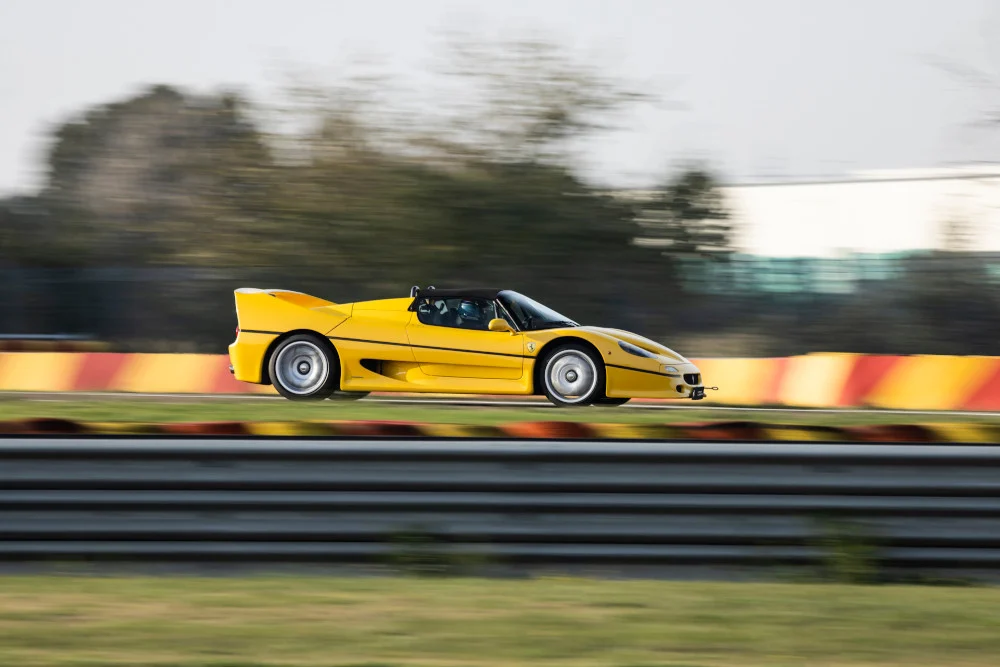Do EVs Need Special Tyres?
Electric vehicles may look like traditional internal combustion engine ones on the outside, but that’s where their similarities end. EVs have an electric motor instead of an engine for propulsion and a battery pack linstead of a tank of fuel, located under the cabin to power it.
They are far simpler to operate, require less maintenance and can be charged at home. This is why many car buyers are opting for EVs instead of a traditional ICE one. But did you know that because of how different they are compared to their ICE counterparts is why they require special tyres?
There are several reasons for this, and most of which won’t be obvious to the average consumer.

Stronger tyres with thicker side walls to cope with weight
EVs weigh more than similar petrol-powered cars because of their heavy battery packs that sit under the cabin. Though this lowers the center of gravity for a more stable ride, it also means there’s a lot more weight pushing on the tyres.
As such, the construction of these tyres needs to be tougher, especially the sidewalls, to cope with the extra weight shifting about during “spirited” sessions around sharp corners. Instead of a heavy battery, ICE vehicles have a fuel tank that’s placed towards the rear of the car. As such, the demands are lesser than EVs.

EVs offer 100% of Torque from standstill
ICE vehicles need to get up to speed before they can offer maximum torque and power. This isn’t the case for EVs because they are able to offer 100% of their performance the moment you step on the accelerator pedal. Many inexperienced owners tend to stomp on the accelerator pedal, which sends a lot of “rotational power” to the road, instantly.
This in turn puts more pressure on the tyres and in some cases causes them to lose traction. As such, EV tyres need to be able to cope with the power delivery well. Despite this fact, EVs still tend to wear out their tyres faster than ICE vehicles. The brisk bursts of acceleration while puttering about town can cause excessive wear.
Low Rolling Resistance for better range
Range is what makes or breaks an EV. The further they can travel on a single charge, the more useful they are to owners. Tyres do play a key role in maximizing range, which is why EVs are fitted with low rolling resistance ones.
Rolling resistance is the effect of forces opposing the tyres’ motion, which includes friction between the road surface and the area of the tyre that contacts it. Manufacturers must strike a balance between tyre grip and safety characteristics to offer decently low rolling resistance.
The less resistance posed to the car’s motion; the less energy is needed from the battery to keep the car at a constant speed. This is what contributes to the overall range of an EV. It’s efficient use of the available power on every journey.

Low tyre noises
Electric vehicles are far quieter than ICE ones because their motors do not produce much noise and vibrations. They give off a subtle hum that easily goes unnoticed, especially if you’re not paying attention. This lack of noise from the engine bay allows other noises from the vehicle to be more apparent. This includes rattling of the trim inside the cabin as well as wind noises from the windows and tyres.
As such, EV tyres are made to be quieter to reduce the overall rolling noises that you experience while on your journey. This isn’t an issue for ICE cars because most of their tyre noises are drowned out by the combustion taking place inside the engine.
Most new EVs are fitted with sophisticated electronics to make them safer to drive and more efficient to use on long journeys. The tyres are what ties all these systems together to create a useful and safe electric vehicle.

